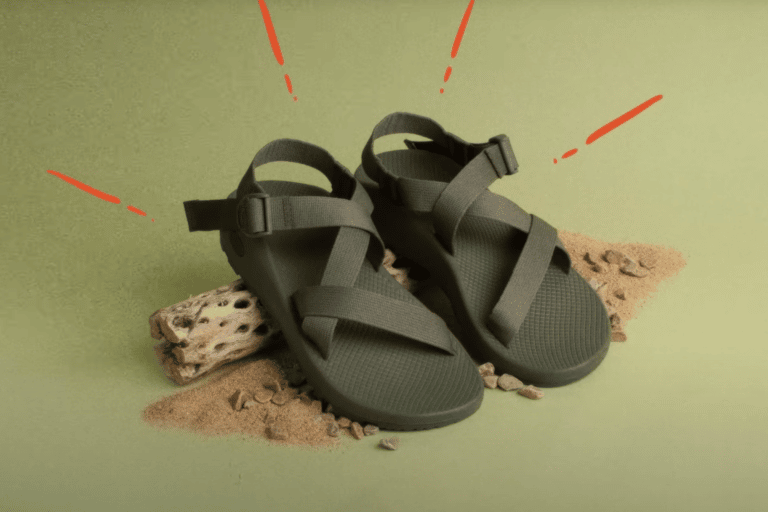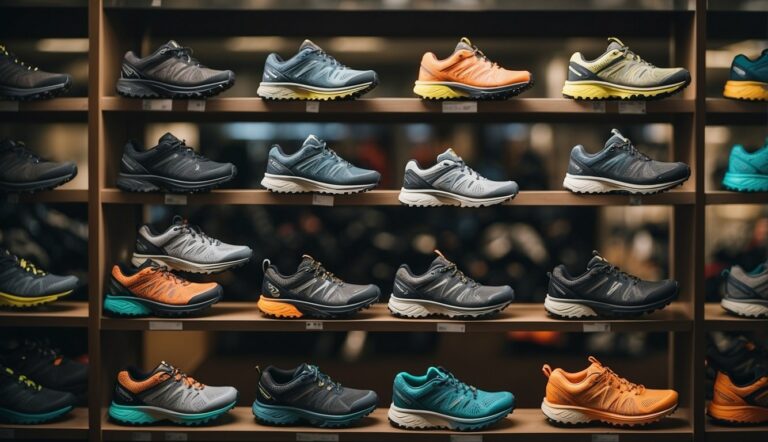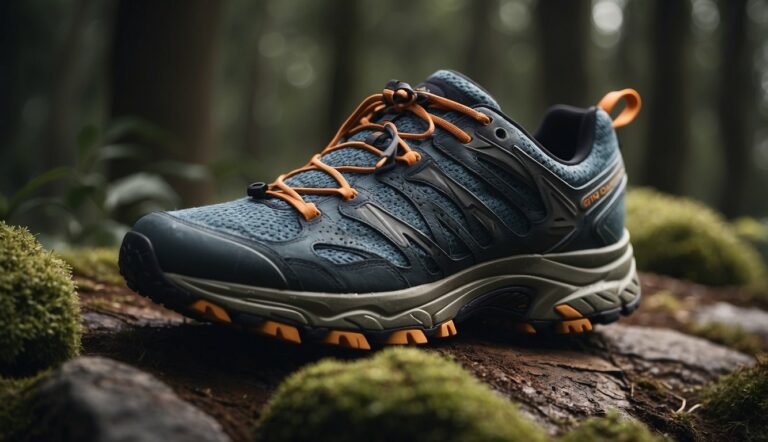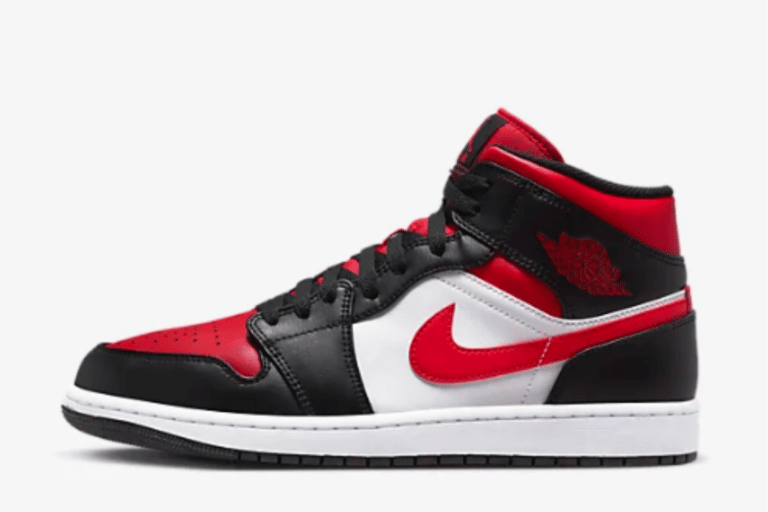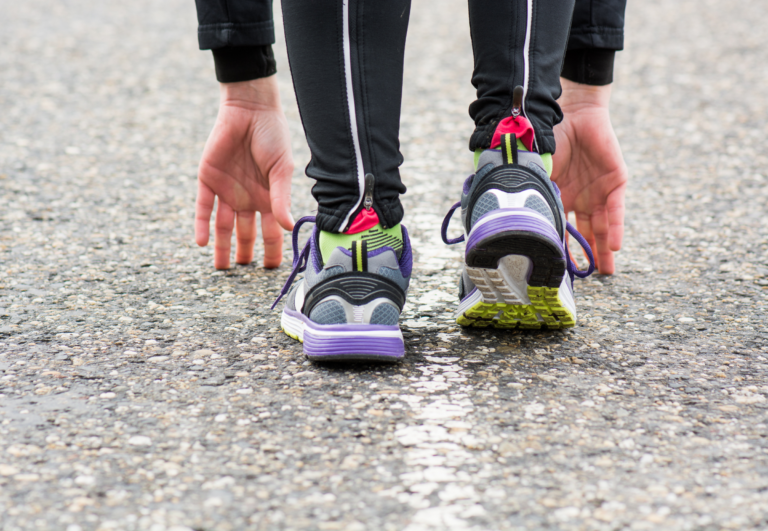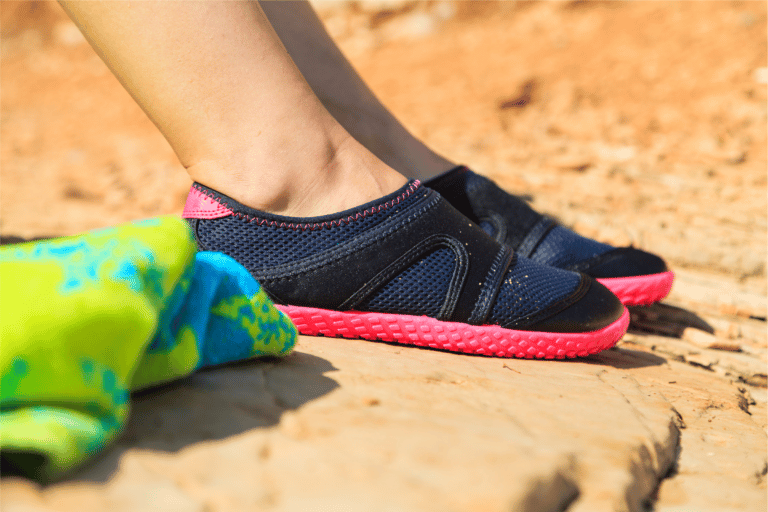Running Shoes Wearing Out on the Inside Heel: Tips to Extend Their Lifespan
When your running shoes show signs of wear on the inside heel, it’s often an indication of overpronation—where your foot rolls inward excessively during your stride. This common issue can lead to discomfort and increase the risk of injury if not addressed with proper footwear or orthotics. Durability of footwear, especially the tread, insole, and midsole, is essential in preventing such issues and ensuring both comfort and longevity of your running mileage.
To reduce inside heel wear, consider adapting your running form, using supportive insoles, rotating between different pairs of shoes, and replacing your shoes regularly. The design of the shoe can significantly impact its performance and your overall comfort. If you’re experiencing persistent pain or excessive wear, consulting a podiatrist or physical therapist for a professional gait analysis and custom solutions may be beneficial.
Regularly monitoring and maintaining your running shoes, particularly the insole and midsole, can help ensure a comfortable and injury-free running experience, along with enhanced performance.
Inside Heel Shoe Wear Patterns – Why Does it Happen?
When you look at the bottom of your running shoes, the tread or pattern of wear can reveal a lot about your gait. If you notice more wear on the inside heel or edge, it often points to a pronation pattern. Pronation is when your foot rolls inward as it hits the ground.
Neutral Gait
- Even Wear: Your shoe shows uniform wear across the heel and forefoot.
- Indicated Gait: A neutral gait, suggesting a balanced, straight foot strike.
Overpronation
- Heel Wear Pattern: More wear on the inside of the heel.
- Gait Analysis Inference: Your foot tends to roll inward excessively, which is common and can be addressed with the right footwear.
Supination, or underpronation, shows the opposite wear pattern, with more wear on the outside of the shoe. Both overpronation and underpronation can lead to discomfort and potential injury if not properly accommodated with the correct type of running shoes.
Pronation Spectrum
| Pronation Type | Heel Wear | Potential Solution |
|---|---|---|
| Neutral | Even wear | Standard cushioning |
| Overpronation | Inside heel and edge | Stability features |
| Underpronation | Outside heel | Extra cushioning |
By observing your shoe wear pattern, including the forefoot and heel areas, you’ll better understand your unique needs. Mileage, durability, and comfort all depend heavily on your form and shoe design.
Arch support insoles might be recommended for overpronators to encourage a more efficient stride, while underpronators could benefit from shoes that spread the impact more evenly. Taking time for a gait analysis at a specialty running store is an excellent step to ensuring your running shoes complement your natural movement.
Causes of Inside Heel Wear in Running Shoes

When you notice the inside heel of your running shoes wearing down, it’s a clue to look at your running mechanics and shoe choices. The wear pattern can reflect your natural foot motion, gait, and even the type of surfaces you frequent.
Pronation
Pronation is the inward roll of your foot after it lands on the ground. If you’re an overpronator, your foot rolls in excessively, increasing friction on the inside heel. Neutral pronation is less likely to cause uneven wear, while underpronation or supination, where the foot rolls outward, usually leads to wear on the outer edge of the shoe.
Running Gait
Your running form plays a significant role. A running gait that features a heavy heel strike or a roll inward can accelerate inside heel wear. Consulting with a physical therapist might help in analyzing your gait and suggesting improvements for a healthier stride and reduced shoe wear.
Shoe Type
Running in the right footwear is crucial. The design and performance of stability shoes are designed to support overpronators, while cushioned shoes could be more suitable for supinators. The wrong type of shoe for your foot can lead to uneven wear.
Running Surface
The surface you run on affects shoe wear. Hard surfaces like concrete increase the rate of wear, especially if your pronation is not optimal for that terrain. Running regularly on softer, more forgiving ground may help reduce the wear.
Age of Running Shoe
Older running shoes lose cushioning and stability over time. As the shoe’s structure breaks down, it may fail to support a neutral gait, leading to increased stress and wear on the inside heel.
Improper Shoe Fit
Shoes that are too tight or loose can alter your running form, leading to increased pressure on certain parts of the shoe. Ensure your shoes fit well and offer enough room for toe-off without allowing excessive movement.
Injury or Compensation
Injuries or compensation for a prior injury can disrupt your normal running mechanics. Conditions like ankle sprains, knee pain, and plantar fasciitis may cause you to adjust your stride and apply more pressure on the inside heel.
Your running shoes often wear down on the inside heel due to your unique foot strike and running technique. But with a few adjustments, like focusing more on the ball of your foot than on your heels, you can extend the life of your shoes, reduce the risk of injury, and manage any problematic tendencies more effectively, particularly if you’re an avid runner.
Weight Distribution for Heavy Runners
For heavy runners, or those struggling with flat feet, weight distribution can lead to increased wear. The problem often lies in the uneven support of the arches and an improper focus on the heels while running. Luckily, proper ankle stability and arch support in running shoes, perhaps ones equipped with foam insoles, can help distribute the stress more evenly across the ball of your foot, reducing inside heel wear, and making that issue manageable for any dedicated runner.
Runners, remember to regularly rotate and replace your running shoes, particularly if you find the foam cushioning has worn thin or your heels are wearing holes into the soles. It would be wise to seek professional advice if you suspect your gait, perhaps a susceptibility to running predominantly on the heels or arches of your feet, is contributing to uneven wear.
How To Reduce Inside Heel Wear

Adapting Running Form and Technique
Your running shoes often wear down on the inside heel due to your unique foot strike and running technique. But with a few adjustments, you can extend the life of your shoes and reduce the risk of injury.
Orthotics and Modified Footwear
Custom orthotics or insoles can provide additional cushioning and correct foot imbalances in adults. They support proper alignment and can reduce pronation, which leads to less wear on the inside heel. Choose footwear with ample shock absorption in the form of foam padding to lessen the impact on your shoes’ outsole.
| Condition | Solution |
|---|---|
| Overpronation | Supportive orthotics |
| Lack of cushioning | Shoes with proper padding |
Rotating Shoes
Frequent rotation of your running shoes, especially ones equipped with foam insoles, ensures more balanced wear and gives each pair time to recover, maintaining their cushioning and support.
Whether you’re a dedicated runner or someone simply trying to take care of their flat feet, it’s a simple yet effective way to safeguard from excessive wear and potential heel problems in your shoes.
- Monday: Shoe A for long runs
- Wednesday: Shoe B for sprints
- Friday: Shoe A again
Technique Training
If you’re a runner experiencing difficulties with flat feet or other foot-related problems, consider enrolling in a running clinic or working with a coach to refine your running technique. Learning how to execute a proper toe-off can minimize the stress on the inside of your shoe and can lower injury risk by ensuring a balanced foot strike.
Regular Shoe Replacement
Don’t wait for holes to appear, particularly in the heel area of your shoes.
Replacing your running shoes regularly, whether you’re an everyday runner or an adult with problem arches, ideally every 300-500 miles, is crucial. Fresh shoes equipped with foam cushioning ensure you always have optimum protection and cushioning, preserving your feet and your running experience.
Keep an eye on the treads; if the inside is more worn than the outside of the shoe, it’s time for a new pair.
When To Seek Professional Assistance or Custom Solutions

If your running shoes are wearing out on the inside heel or edge, it may be time to seek professional help. This can prevent injury risks and ensure your shoes offer the right support.
When to Consult a Podiatrist or Physical Therapist
If you experience ankle pain, plantar fascitis, or have a history of foot injuries, a podiatrist can offer insights into the health of your feet. They may conduct a gait analysis to assess how you walk and run, determining if you pronate—a common cause of wear on the inside of your shoes, particularly around the heels.
Custom orthotics could be prescribed to give you the right arch support and improve ankle stability, especially if you’re a runner or an adult with low or flat arches.
- Reasons for Consulting a Professional:
- Persistent foot or ankle pain
- Excessive wear on the inside heel or edge of shoes
- History of foot injuries or prior injury
On the other hand, visiting a physical therapist could assist with strengthening exercises for better midfoot support and corrective strategies to refine your running form. They can guide you in choosing the right running shoes with proper support.
Surgical Interventions and Rehabilitation
In certain situations, typically associated with severe or ongoing injuries, surgery may be needed to repair damage to the plantar fascia or other structures of the foot. A professional will likely exhaust other less invasive options first, like physical therapy or orthotics.
- When Surgery Might Be Necessary:
- Unresponsive and severe plantar fasciitis
- Structural problems not corrected with orthotics or therapy
- Damage from aging or severe prior injury
Rehabilitation plays a crucial role in recovery from foot surgery. Under the guidance of your doctor and physical therapist, a rehabilitation plan will help regain strength and mobility, ultimately getting you back to your running routine safely.
- Rehabilitation Focus:
- Regaining foot and ankle stability
- Strengthening exercises
- Gradual return to physical activity
Making informed decisions about when to seek professional assistance can greatly reduce the risk of injury and improve your running experience. Remember, custom solutions like orthotics and expert advice on the selection of running shoes might just be what you need to keep you on track.

